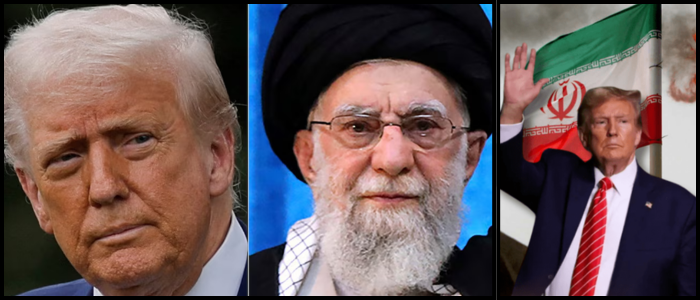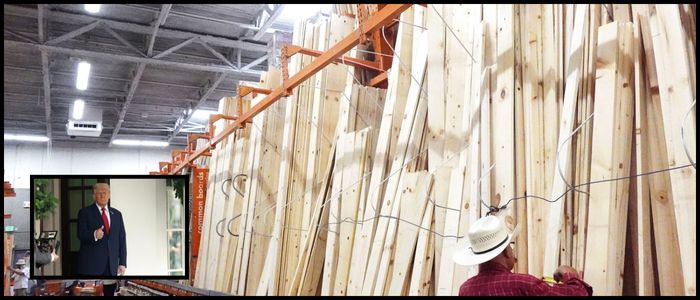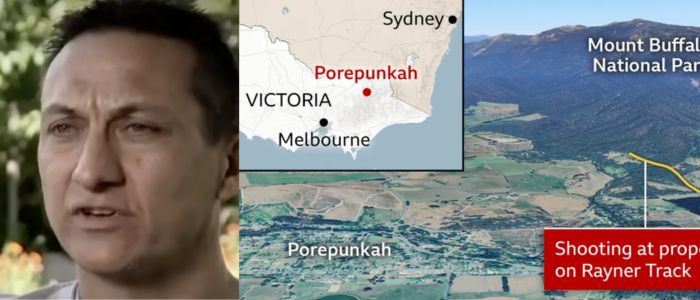The plan was reportedly outlined during a private meeting at the White House between US special envoy Steve Witkoff and Gulf partners. The encounter took place one day after US strikes on Iran's nuclear facilities in Isfahan, Fordow and Natanz.
The plan will not be funded directly by the US, but Washington will encourage Arab allies to bankroll the project, sources involved with the talks said. The plan consists of the creation of a non-enrichment nuclear power system, a major sticking point in Washington that has clashed with Iran's assertion that enrichment is necessary to meet its energy requirements.
offer Sanction Relief, Gulf Cooperation Part of the Offer
The draft proposal contains wider incentives for Iran, like the lifting of a dozen or so sanctions and the release of $6 billion in frozen Iranian funds held in foreign banks. Another concept being considered was for U.S.-allied Gulf states to help finance the conversion of the Fordow facility into a non-enrichment plant.
Although the Trump administration is said to be putting together a formal proposal, or off-ramp, to initiate with Tehran, Iran has dismissed recent offers of a meeting. President Trump had said that there would be a meeting between the sides next week, but the Iranian foreign minister, Abbas Araghchi, adamantly denied it.
Uranium Movement Claims Disputed
As these developments unfold, the status of Iran's uranium stockpile remains in question. "Recent reports pointed out that Iran might have transferred as much as 400 kilograms of enriched uranium before US strikes." The strikes have been hailed as a great success by the US President, who has said they resulted in substantial damage to Iran's nuclear programme.
But U.S. Defence Secretary Pete Hegseth rejected those reports, saying that the intelligence didn't show the movement of uranium before the attack.
The operation, which used at least a dozen 30,000-pound bunker-buster bombs dropped by the United Arab Emirates, showed an ever-tightening alignment between the United States and Israel over Iran. With the back-door diplomacy still underway, the possible deal and the broader regional tensions are being watched closely by the international community.
Top

US Mulls $30B Civil Nuclear Plan for Iran

In what would be a dramatic change to US-Iran relations, the Trump administration is considering a plan that could let Iran access a whopping $30 billion for a civilian nuclear energy program. A resolution that emerged during secret talks last week includes lifting sanctions and potentially freeing up billions of dollars in frozen Iranian funds.











